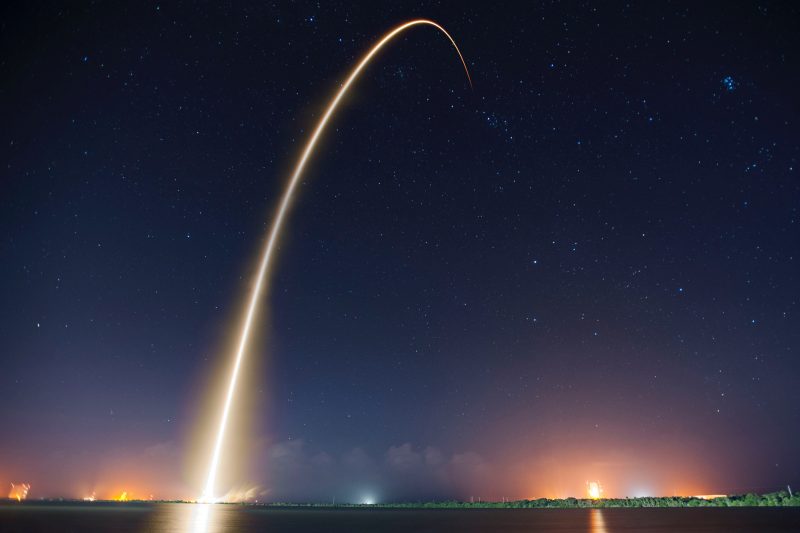Rocket launches, once rare, heralded events, are now becoming commonplace. In 2017, there were 90 attempted launches. 84 of them were successful; six were not. In the U.S. alone, there were 29 attempted launches, with all of them completing their mission, particularly SpaceX, with 18 flights. SpaceX’s COO Gwynne Shotwell said that they would aim to increase their “cadence next year about 50 percent.” With rocket launches frequently happening without issue, failures seem like a thing of the past.
However, what happens when a launch doesn’t go according to plan? Who bears of the costs that arise from failure?
SpaceX’s launch failure back in June 2015 provides insight. Their Falcon 9 rocket disintegrated at an altitude of about 21 miles. The Falcon 9 rocket was carrying NASA’s cargo supplies for astronauts onboard the International Space Station. Fortunately, according to at-the-time NASA Administrator Charles Bolden, the “commercial cargo program was designed to accommodate the loss of cargo vehicles and the astronauts aboard the International Space Station have ample supplies over the next few months.” Now, the question is who pays for the cost of the lost cargo and the rocket?
In this case, since SpaceX was handling a government payload, the U.S. government bore the cost of the cargo directly, which was $110 million according to CNBC. In the event of the loss of the rocket itself, there are space insurers who provide policies for these scenarios. In this particular incident with SpaceX, Starr Aviation insured them.
For commercial launches, payload insurance is available as well. SpaceX’s September 2016 launch failure is an example. In this particular case, the crash happened during pre-launch preparations on the Falcon 9. The rocket exploded during a static test fire as part of its routine pre-launch procedure. SpaceX did not have an insurance policy on this rocket. The satellite operator, Space Communications Ltd. (Spacecom), did have an insurance policy worth $300 million on their cargo.
For the space insurers themselves, a few major rocket launch failures are costly to their entire industry. Since the payloads of these rockets are extremely expensive, a few catastrophes on the launch pad or in the middle of the flight can easily result in the amounts claimed to surpass the premiums of these insurance policies, leaving individual space insurers and possibly the entire industry in the red for that year. Some of the largest space insurers are American International Group Inc., Munich Re, Swiss Re, and Allianz SE, according to Insurancejournal.com. With about fifty companies in the space insurance business, this niche market happens to provide consistent returns, as CNN reports that these firms collected $715 million in premiums and paid out $635 million in claims last year.
The space insurance business and the commercial space industry as a whole would not have existed without Congress’s intervention. Congress amended the Commercial Space Launch Act of 1984 in 1988 to allow for the government to insure against genuinely large-scale disasters through the Federal Aviation Administration. With the FAA able to ensure up to $1.5 billion at the time (now $3.2 billion accounting for inflation), private insurers and space companies had the confidence to take on the risks knowing that the government would support them if worst came to worst. With the risks of launching and the lack of having insurance settled, the commercial space market was able to grow in a healthy manner .
When rocket launches go wrong, space insurers can step in and prevent companies from dealing with the costs of the loss of their launch vehicle. With the development of more reliable, cheaper rockets, the space insurance business can continue to grow while the probability of launch failure decreases year after year. The U.S. government’s backing and support of the commercial space industry has allowed it to flourish into what it is today.
